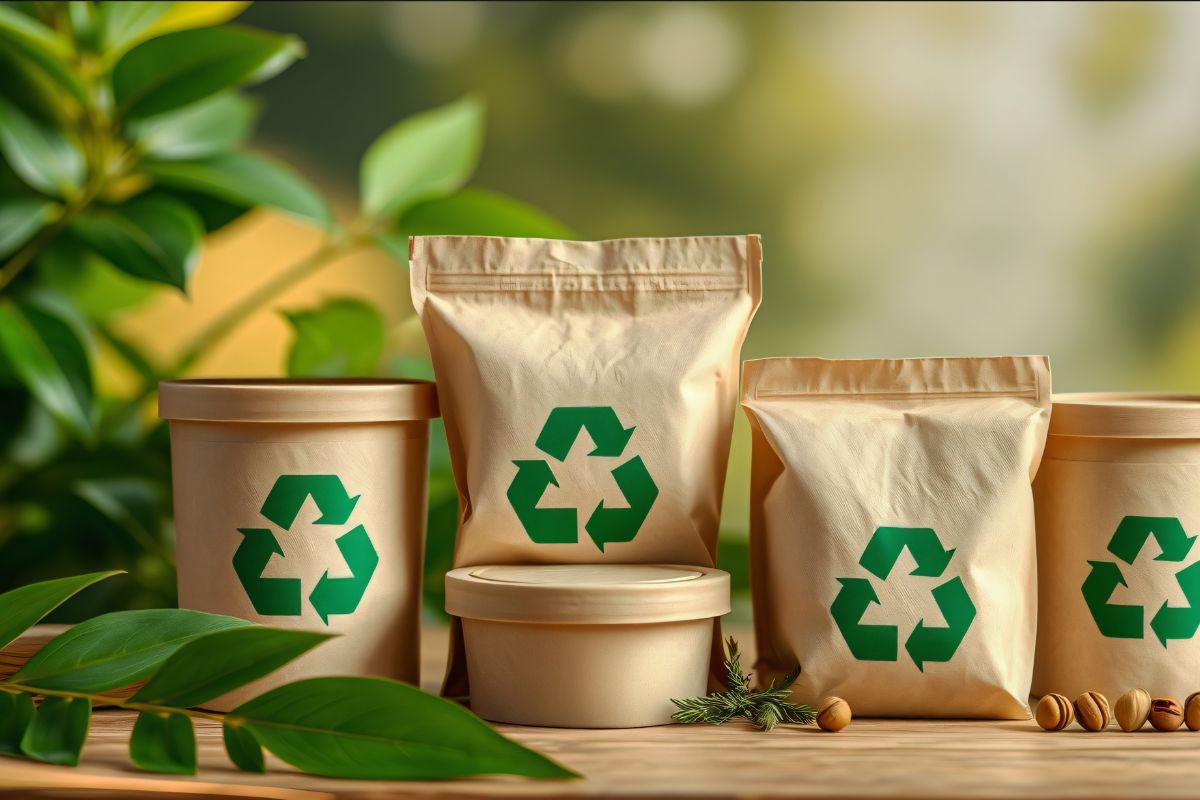In 2025, the surge in demand for eco-friendly products is more than just a passing trend; it’s a transformative movement redefining global business models and consumer priorities. As sustainability becomes a central pillar of innovation, businesses around the world are aligning with environmental consciousness not only to reduce their carbon footprints but also to appeal to a generation of increasingly eco-aware consumers. This green shift represents not just an environmental win but a golden opportunity for brands ready to lead the charge.
The Rise of the Green Consumer
Today’s consumers, particularly Millennials and Gen Z, are making purchasing decisions based on sustainability. This demographic prioritizes eco-friendly products that support ethical sourcing, minimal packaging, recyclability, and low environmental impact. According to a Nielsen study, nearly 73% of global consumers say they would definitely or probably change their consumption habits to reduce environmental impact.
What’s more, the proliferation of social media and digital transparency means that brands are constantly under the public lens. Companies with genuine commitments to sustainability are not only winning loyalty but also securing higher engagement and conversion rates.
Regulatory Pressures Driving Change

Government regulations have played a pivotal role in accelerating the green economy. With climate change at the forefront of global agendas, countries are introducing stricter environmental regulations. These include bans on single-use plastics, carbon taxes, and incentives for green manufacturing. These legal frameworks are compelling businesses to shift toward eco-friendly products to remain compliant and competitive.
For instance, the European Union’s Green Deal and the U.S. Inflation Reduction Act have pumped billions into green technologies and consumer incentives for sustainable choices. These policies are reshaping how industries, from fashion to food, design, produce, and market their offerings.
Technology and Innovation in Eco-Friendly Products
Technological advancements are enabling the creation of eco-friendly products that were once considered too expensive or impractical. From biodegradable packaging to lab-grown meat and solar-powered electronics, innovation is leading the way. Companies like Tesla, Beyond Meat, and Allbirds have disrupted traditional markets by integrating sustainability at the core of their business models.
Furthermore, AI and blockchain are playing increasingly important roles in the green revolution. AI helps companies optimize resource usage and reduce waste, while blockchain enables transparency in sourcing, allowing consumers to verify claims about eco-friendliness and ethical practices.
Eco-Branding: Marketing with Purpose
In a saturated market, sustainability has become a powerful differentiator. Brands that authentically communicate their commitment to eco-friendly products are enjoying increased customer trust and brand equity. Marketing campaigns now emphasize carbon neutrality, zero-waste operations, and circular economy principles.
For example, Patagonia’s “Don’t Buy This Jacket” campaign famously encouraged consumers to think before they purchase, boosting the brand’s credibility and loyalty. Similarly, Unilever has reported faster growth in its Sustainable Living Brands compared to its conventional offerings.
Industries Leading the Eco-Friendly Revolution

1. Fashion
The fashion industry, once criticized for its environmental toll, is now pivoting toward sustainability. Brands like Stella McCartney, Eileen Fisher, and Reformation are embracing slow fashion by focusing on organic fabrics, fair labor, and recycling.
2. Food & Beverage
There is growing demand for plant-based foods, organic produce, and zero-waste packaging. Brands like Oatly, Impossible Foods, and Danone are pushing the envelope in developing eco-friendly products that align with dietary ethics and environmental responsibility.
3. Electronics
From energy-efficient appliances to modular smartphones that reduce electronic waste, the electronics industry is catching up. Brands like Fairphone are setting examples by producing long-lasting, repairable devices with transparent supply chains.
4. Beauty & Personal Care
Clean beauty is gaining traction with consumers seeking chemical-free, cruelty-free, and biodegradable options. Companies like Lush, The Body Shop, and Ethique are redefining what it means to look good and do good.
The Economic Case for Going Green
One of the most compelling reasons behind the boom in eco-friendly products is their economic viability. Sustainable businesses often enjoy lower operational costs in the long term due to efficient energy use, reduced waste, and minimal resource dependency. Furthermore, green financing options, including sustainability-linked loans and green bonds, are increasingly accessible to companies with strong environmental commitments.
Moreover, consumers are willing to pay a premium for sustainability. A First Insight report reveals that 73% of Gen Z are willing to pay more for sustainable products, compared to just 34% of Baby Boomers.
Challenges and Considerations
Despite the many benefits, there are challenges to scaling eco-friendly products:
- Greenwashing: Consumers are becoming wary of exaggerated or false environmental claims. Transparency and third-party certifications are key to maintaining trust.
- Cost of Transition: Initial investments in sustainable practices can be high, particularly for small businesses. However, these costs are often offset over time through savings and increased customer loyalty.
- Supply Chain Limitations: Sourcing sustainable materials can be complex and geographically limited, requiring robust supplier relationships and careful logistics planning.
The Future Outlook

Looking ahead, eco-friendly products will continue to shape the future of commerce. As climate crises intensify and resource scarcity becomes more acute, sustainability will no longer be optional—it will be imperative. We can expect:
- Mass adoption of circular economy models
- Increased innovation in green technologies
- Stronger consumer demand for corporate transparency
- Integration of sustainability metrics into financial reporting
Forward-thinking businesses are already embedding sustainability into their core strategies—not just as a corporate social responsibility (CSR) initiative but as a growth engine.
Conclusion
In 2025, “green” truly is the new gold. As markets evolve and the line between ethics and economics continues to blur, eco-friendly products are becoming a cornerstone of profitable, responsible business. The brands that recognize this shift and act decisively will not only lead the sustainability charge but will also dominate in customer trust, loyalty, and long-term value.
Whether you’re a startup or a global enterprise, now is the time to rethink your product offerings, supply chains, and brand message. Because in the new green economy, sustainability isn’t just good for the planet—it’s great for business.

